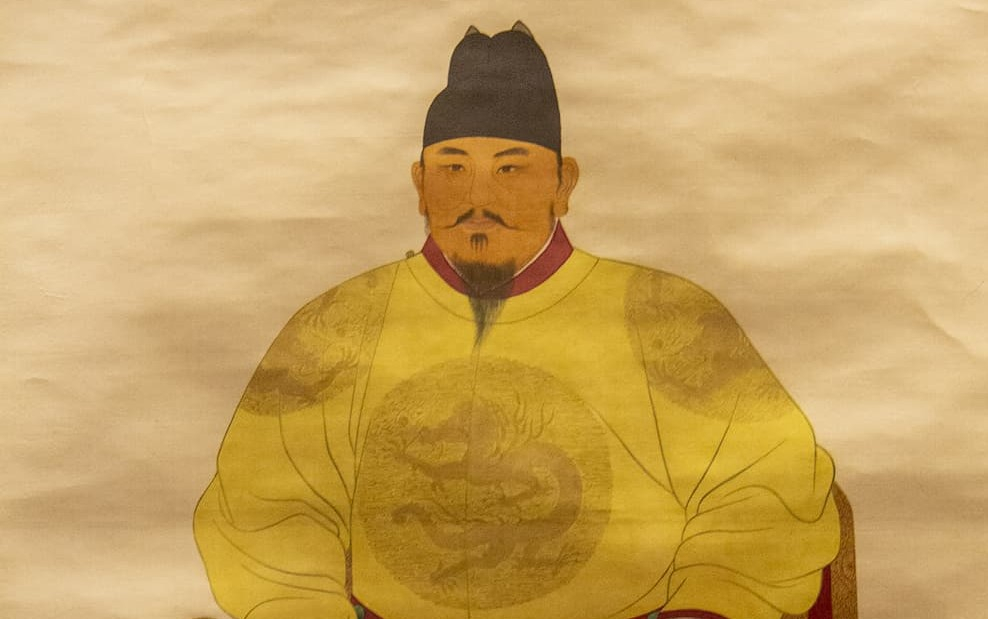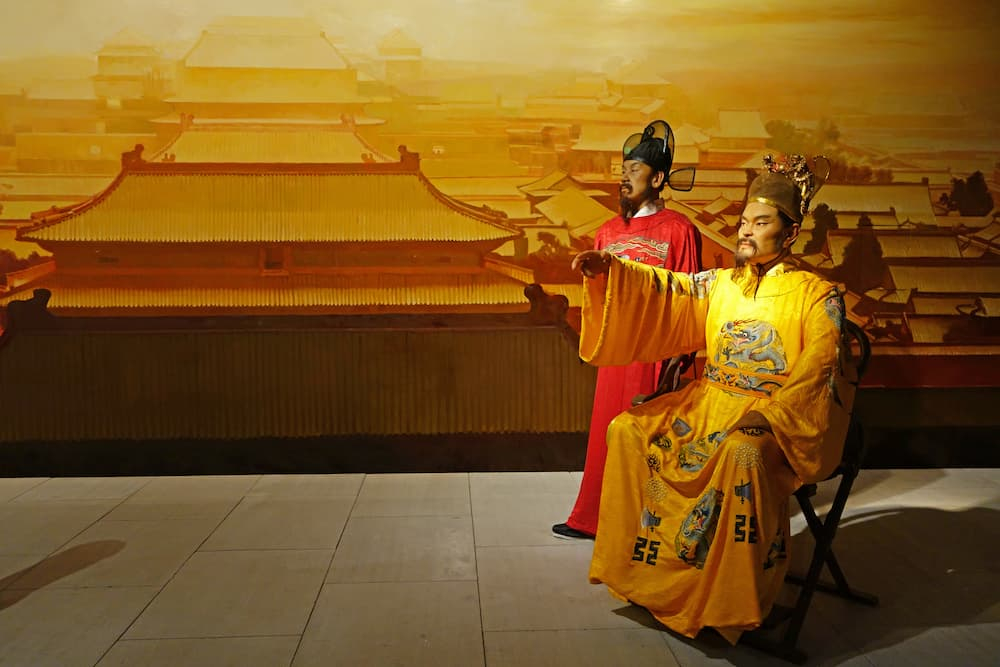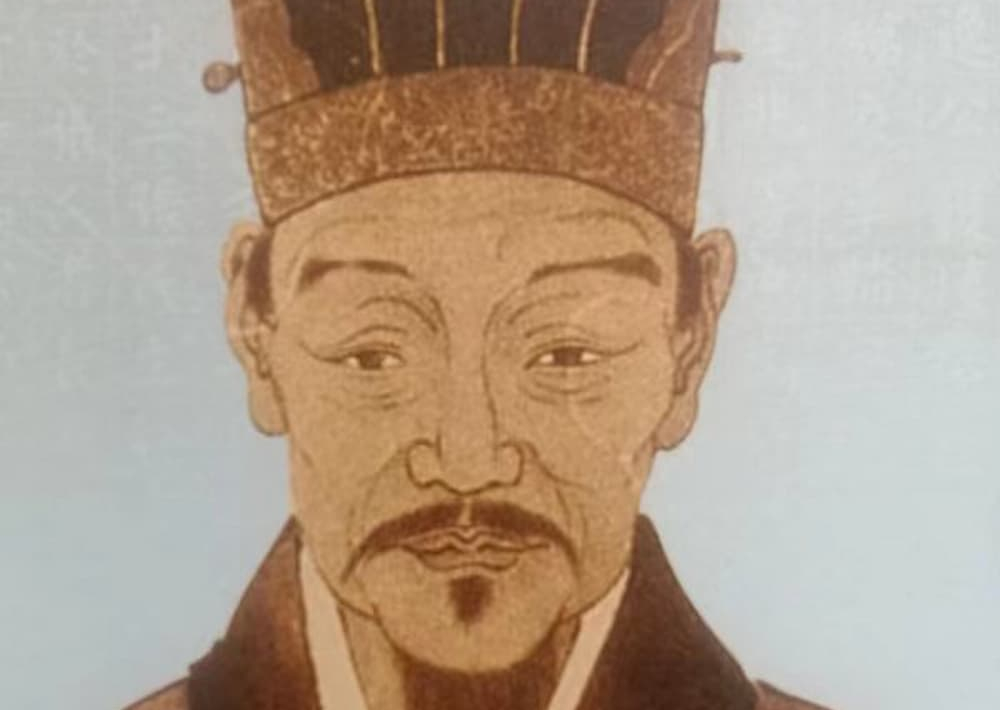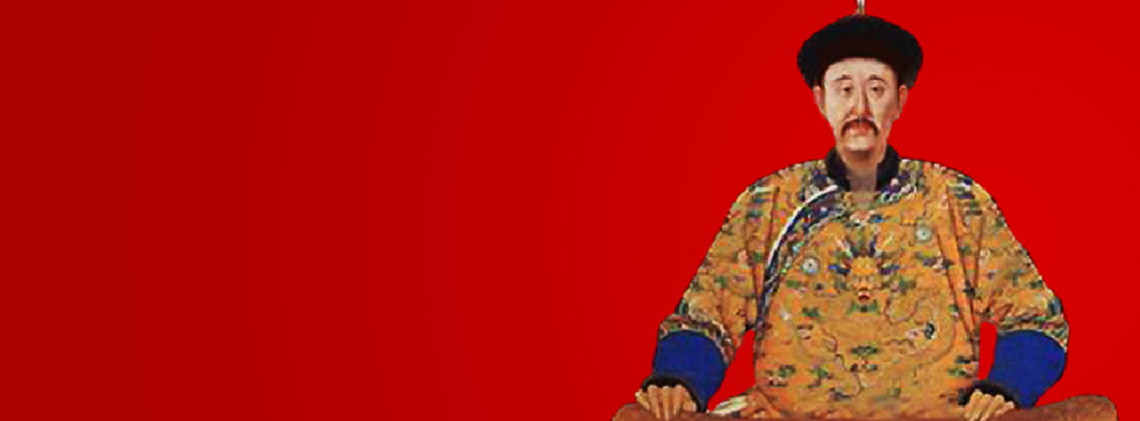
Imperial Palace
Splendid
Chi Culture
Topic
Imperial Palace
The Imperial Palace in Beijing is recognized as one of the world’s five great residences together with the Palace of Versailles in France, Buckingham Palace in Britain, the Kremlin in Russia, and the White House in the United States.
The Imperial Palace, formerly known as the Forbidden City, was where emperors of the Ming (1368–1644) and Qing (1644–1911) dynasties resided and conducted state affairs. Covering an area of seventy-two hectares, it is the world’s largest surviving wooden architectural complex. Contrary to popular lore that says it has 9,999 and a half rooms, it in fact has only 8,707.
The construction of the Forbidden City began in 1406 (the fourth year of the Yongle reign) and by 1420 was near completion. Zhu Yuanzhang(朱元璋) (1328–1398), the founder of the Ming dynasty (1368–1644), made Nanjing (today’s Nanjing in Jiangsu province) the capital and upon his death, passed his throne to his eldest grandson Zhu Yunwen (朱允炆) (b. 1377). Zhu Yuanzhang enfeoffed his fourth son Zhu Di(朱棣) (1360–1424) as Prince of Yan with his headquarters at Beijing. When the prince rebelled and attacked Nanjing, the army found the emperor had disappeared. Zhu Di seized the throne and inaugurated the Yongle reign (1403–1424). One of his first acts was to build a new imperial palace at Beijing. Once the construction of the palace was completed, Beijing replaced Nanjing as the capital, and the Forbidden City became the political center of the Ming and Qing dynasties. After the 1911 Revolution, Puyi(溥儀) (1906–1967, the Xuantong emperor) abdicated and the era of the Forbidden City as the center of imperial power ended. When Puyi and his family were expelled from the palace in 1924, the Forbidden City was renamed the Imperial City; in the following year it became the Palace Museum. In 1987, the Imperial Palace was listed by the United Nations Educational, Scientific and Cultural Organization as a World Heritage Site.
The planning of the Forbidden City reflects traditional Chinese philosophy, and the construction epitomizes traditional Chinese palatial architecture. Based on a preference of a centered palace, the major buildings were symmetrically arranged along a central axis, coinciding with the city’s central axis. The city served as a support for the palace complex, and the palace complex served as the nucleus of the city. Such a layout symbolizes the supremacy of the emperor.
The Forbidden City is divided into the outer and inner courts. The Outer Court, occupying the southern portion of the palace, contains the Taihe dian (Hall of Supreme Harmony), the Zhonghe dian (Hall of Central Harmony), and the Baohe dian (Hall of Preserving Harmony); these three are collectively known as the “three great halls.” The Hall of Supreme Harmony is the tallest and grandest building in the Forbidden City and is where the emperor discussed state affairs with his courtiers. It was the venue for three major annual events—New Year’s Day, the Winter Solstice, and the emperor’s birthday—as well as the emperor’s enthronement and wedding ceremonies and the Palace Examination. The Inner Court, taking up the northern part of the Forbidden City, was the domicile of the emperor and his concubines. The three main buildings of the Inner Court are the Qianqing gong (Palace of Heavenly Purity), the Jiaotai dian (Hall of Union), and the Kunning gong (Palace of Earthly Tranquility). There are also numerous Buddhist temples, opera stages, and gardens. The Hall of Mental Cultivation to the west of the central axis in the Inner Court was where the emperor resided.
A total of twenty-four emperors lived in and ruled from the Forbidden City during the Ming and Qing dynasties; out of all of them, the Kangxi emperor (r. 1622–1722) of the Qing dynasty enjoyed the longest reign, sixty-one years. This was followed by his grandson the Qianlong emperor (r. 1736–1795) who ruled for sixty years. Some emperors had short reigns. For instance, Zhu Changluo(朱常洛) (1582–1620), Emporer Guangzong of the Ming dynasty, was on the throne for only thirty days. According to imperial rules, only the emperor’s family could live in the Forbidden City. His offspring must move out upon reaching adulthood.
Over many generations, the emperors collected nearly a million priceless cultural objects, some of which went missing after the 1911 Revolution. After the establishment of the Palace Museum in 1925, the remaining objects were stored there until the Japanese invasion at which time they were boxed and removed to keep them safe. In 1948, these items were transferred to Taiwan where they have been kept at Taipei’s National Palace Museum. Since 1949, various artifacts have been restored to the Palace Museum in Beijing. It is once again China’s largest museum and houses an invaluable collection of cultural relics including ceramics, enamels, lacquer, gold and silver vessels, paintings and calligraphy, and various types of sculpture and carvings.







